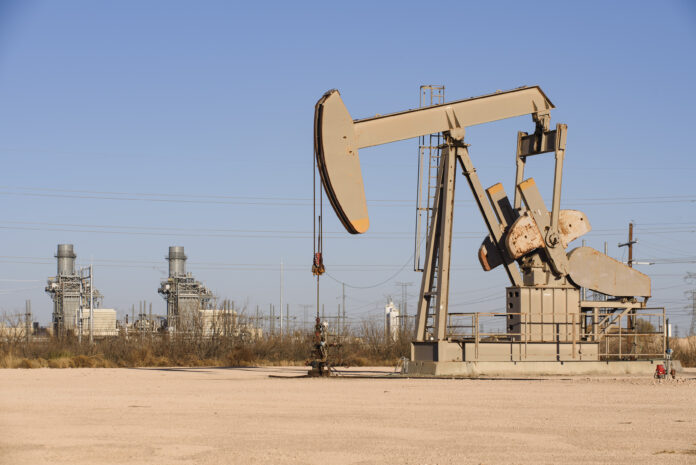
The Texas Oil & Gas Association says the combination of the Apache Corp. and Sul Ross State University’s Borderlands Research Institute in a well pads restoration project proves that oilfield production and protecting the environment can go together.
“Companies in the Texas oil and natural gas industry have a proven record of working to help make our state cleaner, stronger and better,” TXOGA President Todd Staples said from Austin. “We applaud the announcement of Apache’s partnership with the Borderlands Research Institute at Sul Ross State.
“Partnerships such as this are continued evidence that the production of oil and natural gas and environmental progress are not mutually exclusive,” Staples said.

Apache Vice President of Environment, Health and Safety Jessica Jackson said from Houston that the project is a multi-year partnership that also involves a program called Texas Native Seeds at the Caesar Kleberg Wildlife Research Institute at Texas A&M Kingsville and that the resultant science-backed best practices reclamation document will be shared with other Permian Basin operators.
“For many years Apache has worked to restore well pads to their habitat potential,” Jackson said. “To further our efforts to continuously improve, Apache is supporting scientific research at sites in the Permian Basin to study the efficacy of methods for habitat restoration.
“This BRI project will help inform oil and gas operators about how changes in the industry’s collective approach to restoring well pads can have broader benefits to local biodiversity and reunite fragmented habitats.”
She said a well is usually plugged at the end of its service life, equipment is removed and the pad is reseeded and allowed gradually to return to a natural condition.
“This project looks to accelerate a more vibrant return to nature by considering alternative soil preparation techniques, adding biochar to improve soil fertility and incorporating undesirable scrub brush as a vegetative cover to hold soil moisture and discourage grassland animals from foraging on the seeds before they germinate,” Jackson said.
Biochar is black carbon produced from biomass sources like wood chips, plant residues, manure or other agricultural waste products for the purpose of transforming the biomass carbon into a more stable form with carbon sequestration.

Dr. Louis Harveson, BRI’s Dan Allen Hughes Jr. endowed director, said his organization is dedicated to helping conserve the natural resources of the Chihuahuan Desert in which a significant portion of the Permian Basin is situated.
“The Chihuahuan Desert ecosystem is essential for local food production, recreation, tourism and cultural assets,” Harveson said. “The Apache-funded project will assess differences in vegetation, soil humidity, carbon retention, insect diversity and the economics of different restoration methods.
“We all depend on the energy produced in the Permian Basin to power our lives and we look forward to bringing valuable science to the table to support enhanced restoration practices in the energy industry,” he said. “We appreciate the opportunity to partner with Apache on this important research and applaud their leadership.”
Calling the Chihuahuan Desert “the last frontier of Texas and the Southwest,” Harveson said desert ecosystems are one of the world’s most imperiled ecosystems despite their significance.
“While habitat restoration studies have been done in other locations, much remains unknown in the Chihuahuan Desert, particularly regarding habitat restoration under a sound study design,” he said. “The reclamation of degraded landscapes is increasingly recognized as a critical step in alleviating industry impacts.
“With this project Apache is helping to lead the way in the improved management of such sites.”
Harveson said the project will also passively measure increases in soil carbon to sequester carbon dioxide in healthy desert soils and it will support Sul Ross students’ research through BRI.
“In total this joint project will present the best practices specific to the Chihuahuan Desert that are shown to have a demonstrated positive impact on overall biodiversity and natural ecosystem function,” he said.



